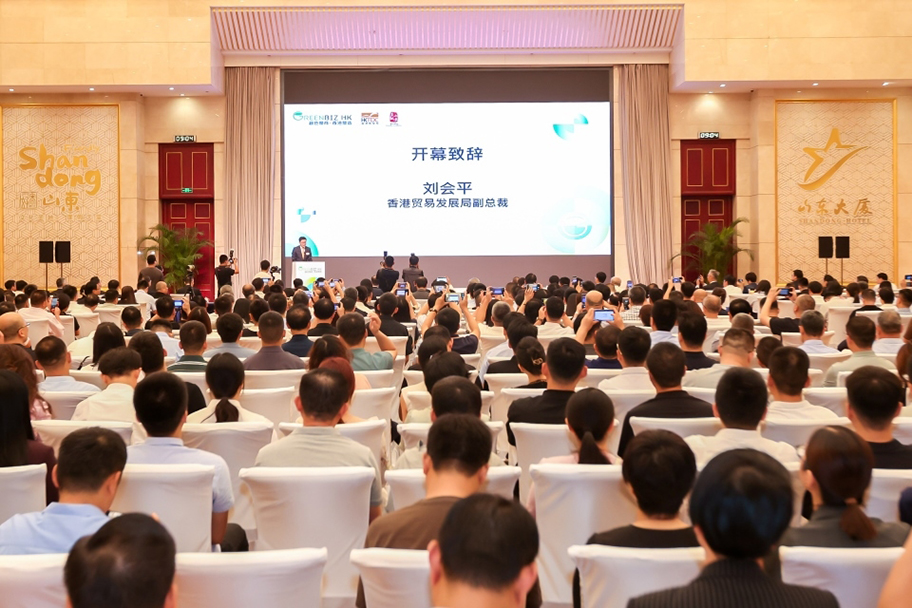BRI in Oman as an example: The Synergy of Infrastructure, Digitisation and SEZs
By Henry Tillman, Founder and Chairman, Grisons Peak;
Yang Jian, Vice President and Senior Fellow, Shanghai Institutes for International Studies (SIIS); and
YE Qing, Director, Institute for Foreign Policy Studies, Shanghai Institutes for International Studies (SIIS).
Overview
While many analysts, observers, agencies and governments seem focused on plotting "Belt and Road Initiative" (BRI) projects as dots on a map, this paper will not only demonstrate the various components in the title, but also explore the inter-connectivity of each, both within a country (Oman) and extending into a region(the Middle East). There are now over 130 countries which have signed the BRI MoU with China, Oman’s case shows that it has implemented and utilized all 3 components of infrastructure, digital and SEZs, and now all 3 components are becoming fully functional, which may represent the path and characteristics in BRI’s future development.
Oman is located in the transportation hub of South Asia, West Asia, and East Africa along the Arabian Sea and the Red Sea, an important place for economic and trade shipping between Europe and Asia. It also stands at the intersection of the Silk Road on land and Maritime Silk Road. After China's "Belt and Road Initiative" was put forward, the Omani government and many sectors of the business community responded positively. Over the past 40 years since the establishment of diplomatic relations between China and Oman, The two sides have achieved fruitful results in the political, economic and cultural fields, laying a solid foundation for BRI cooperation. On May 25, 2018, China and Oman celebrated the 40th anniversary of the establishment of diplomatic relations. The cooperation between China and Oman is the contemporary embodiment of the historical inheritance of the ancient Maritime Silk Road.
The "Belt and Road Initiative" meets the fundamental needs of Oman's economic development. Oman's economy used to be heavily dependent on resource-based industries such as oil. In order to achieve the goal of economic diversification, the Government of Oman formulated plans such as Oman Vision 2040 in 2016, aimed at enhancing the contribution of agriculture, modern industry, tourism, fisheries and mining to GDP and promoting the construction of airports, seaports and industrial parks. China has technical advantage in all these industrial sectors, and China can provide important technical support, labour training and management experience for Oman.
Economic development is conducive to promoting regional cooperation and harmonious coexistence among the ethnic groups. The geopolitical situation and tension affects investment. Oman is neighboring with Saudi Arabia and Iran, the competing rivals in the Gulf region. Oman shares with Iran the Strait of Hormuz, one of the oil transportation routes. Oman is in an important strategic location and faces more geopolitical risks at the same time. U.S. sanctions against Iran, internal conflicts between Saudi Arabia and Iran, and the domestic conflicts in its neighbour Yemen have created a lot of instability for Oman since 2015. Focusing on economic development will be conducive to get rid of the lasting conflicts. The cooperation between China and Oman has just provided important reference value for the promotion of China's "Belt and Road Initiative" in the Middle East.
Conclusions
There are several interesting observations we can draw from our research on China’s cooperation with Oman.
As stated at the outset of this paper, the authors believe that Oman represents one of the first, if not the first, of the BRI countries to be operational across the BRI’s three initial components of infrastructure, digital and SEZs.
China has played an important role in developing Oman’s 2011 National Infrastructure Plan, with a focus on ports, rail, IT and desalination. While some of these projects (rail) were delayed due to oil price declines and financial strains, they are once again progressing. While AIIB led most of these financings, the 2017 $3.55 billion China-led loan was vital to Oman. It is important to note that all of these loans were multilateral well in advance of the Second Belt and Road Forum (2019).
In the digital component, there have been substantial improvements since 2016, including 8,100 km undersea fibre optic cable becoming active, construction of the national fibre optic broadband network, culminating with the 2019 launch of 5G. The combination of all of these factors will assist Oman in becoming a regional, digitised logistics centre in the Gulf, with links to Africa and the SCO.
As shown above, the China-Oman SEZ, agreed only in 2016, has seen a number of Chinese investments and pledges to date, with plans to grow to $10 billion by 2022. As importantly, Oman has also been able to attract considerable international investment into its SEZAD across many Middle East, Asian and European countries to accelerate its transition to an economy much less dependent on energy. It is also important to point out that SEZs in these regions have also begun to cooperate amongst each other. For example, the UAE has two of the world’s leading SEZs, each of which has a Chinese component.
We therefore believe that the above analysis reflects the interdependence of the BRI components (infrastructure, digital and SEZs)–and how they can function, in effect as a unified package in propelling BRI countries’ economic growth. In the experience of China's regional economic development, "infrastructure connectivity" and "construction of special economic zones" play an important role. It took nearly 30 years for China to develop step by step from infrastructure construction, special economic zone construction to digitisation. Through the case study on Sino-Oman cooperation in the framework of BRI, we can see that the development has the characteristics of being connected by infrastructure, led by SEZs, and upgraded by digitisation. The digitisation and infrastructure construction and SEZs support and promote each other.
It needs to be pointed out that China’s investment has also paved the way for attracting additional non-Chinese investment. Similar to Cambodia, it appears that later stage industrial investments include investors from outside of China, including the UAE, Saudi Arabia, India, Kuwait, ROK, Japan, France, Spain, Netherlands, the United Kingdom to name just a few. This is not a surprise in that a number of these countries have collaborated with China. The concept of 3rd party cooperation among the BRI was a key highlight of the past 2 years of the BRI. The 3rd party cooperation between Japan and China is a great example of this with their agreement signed during the 4th Quarter of 2018.
The Middle East today is facing tremendous challenges, many of the problems that ignited the fire of “Arab Spring” almost a decade ago still exist. Similar to Oman, most countries in the region are eager to develop themselves and have developed their national vision strategies. Therefore, the cooperation between China and Oman will have broader regional repercussions. It will not also only set an example for others to follow, but more importantly, if the expectation for Oman as the regional hub can be realized, it will benefit the whole region by releasing new dynamics to the regional economy. BRI in Oman as an example is of universal significance not only to China-Arab cooperation, but also to China's cooperation with other countries along the "Belt and Road".
Please click to read full report.




